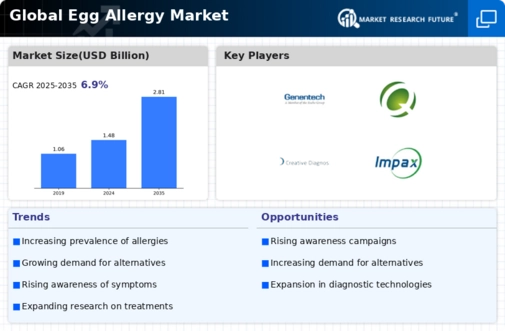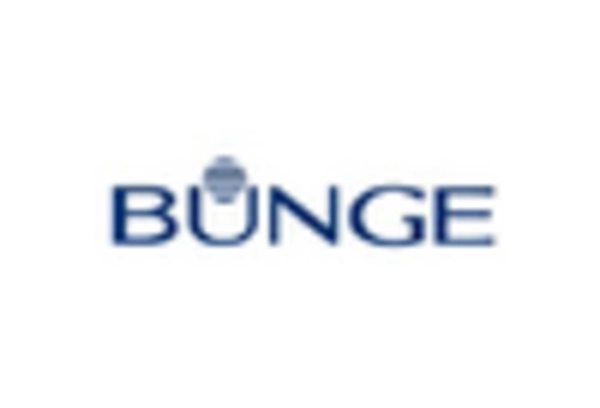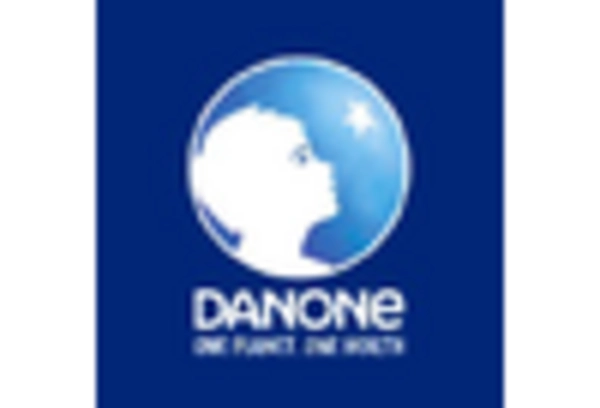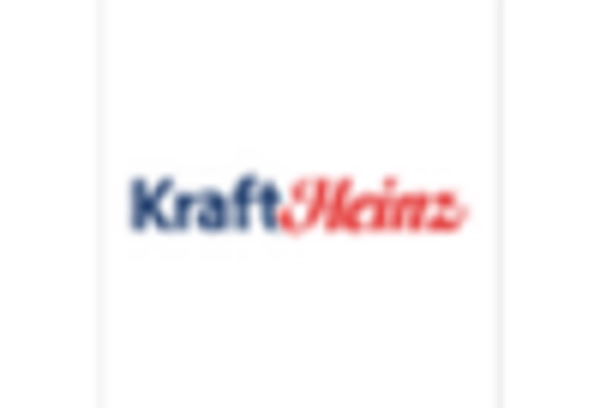Market Trends
Key Emerging Trends in the Egg Allergy Market
The egg allergy market is witnessing notable trends influenced by various factors such as increasing awareness, advancements in diagnostic technologies, and evolving treatment approaches. Egg allergy is one of the most common food allergies, particularly in children, characterized by adverse immune reactions to proteins found in eggs. One significant trend in this market is the growing recognition of egg allergy as a significant health concern, leading to heightened awareness among healthcare professionals, caregivers, and patients. As the prevalence of food allergies, including egg allergy, continues to rise, there is a growing demand for effective diagnostic tools and management strategies to improve outcomes and quality of life for individuals affected by this condition.
Technological advancements play a pivotal role in shaping market trends in the egg allergy market. Innovations in diagnostic testing methods, such as skin prick tests, blood tests, and oral food challenges, enable more accurate and reliable identification of egg allergy in patients. Moreover, the development of molecular diagnostic tests and allergen-specific immunoglobulin E (IgE) assays allows for precise identification of specific egg proteins responsible for allergic reactions, facilitating targeted diagnostic and treatment approaches. Additionally, advancements in allergen component testing help differentiate between sensitization and clinical allergy to specific egg proteins, guiding personalized management strategies for patients with egg allergy.
Furthermore, the increasing prevalence of egg allergy drives market growth for egg-free and allergen-reduced food products. With growing awareness of food allergies and dietary restrictions, there is a rising demand for safe and convenient food options for individuals with egg allergy. Food manufacturers are responding to this demand by developing a wide range of egg-free and allergen-friendly products, including baked goods, snacks, and convenience foods. Moreover, labeling regulations and certification programs for allergen-free products provide consumers with greater transparency and assurance regarding the safety and suitability of food products for individuals with egg allergy, further driving market expansion.
Moreover, demographic shifts and changing consumer preferences influence market trends in the egg allergy market. With increasing urbanization, globalization, and multiculturalism, there is greater diversity in dietary habits and food choices, leading to heightened awareness of food allergies and intolerances. Additionally, changing lifestyle factors such as increased consumption of processed foods, dining out, and food allergies, including egg allergy, emphasize the importance of accurate labeling, allergen awareness, and food safety in foodservice establishments and food manufacturing facilities. Furthermore, the COVID-19 pandemic has underscored the importance of food safety and allergen management in food supply chains, prompting greater vigilance and adherence to regulatory standards and guidelines.
Regulatory factors also play a significant role in shaping market trends in the egg allergy market. Regulatory agencies such as the FDA (Food and Drug Administration) and the European Food Safety Authority (EFSA) regulate the labeling, manufacturing, and marketing of food products, including allergen-free and hypoallergenic foods. Compliance with regulatory standards and guidelines, such as allergen labeling requirements and precautionary allergen labeling (PAL), is essential for market entry and consumer trust, ensuring product safety and transparency for individuals with food allergies, including egg allergy. Moreover, government initiatives and public health campaigns aimed at raising awareness of food allergies and promoting allergen management practices contribute to market growth and consumer education in the egg allergy market.

















Leave a Comment